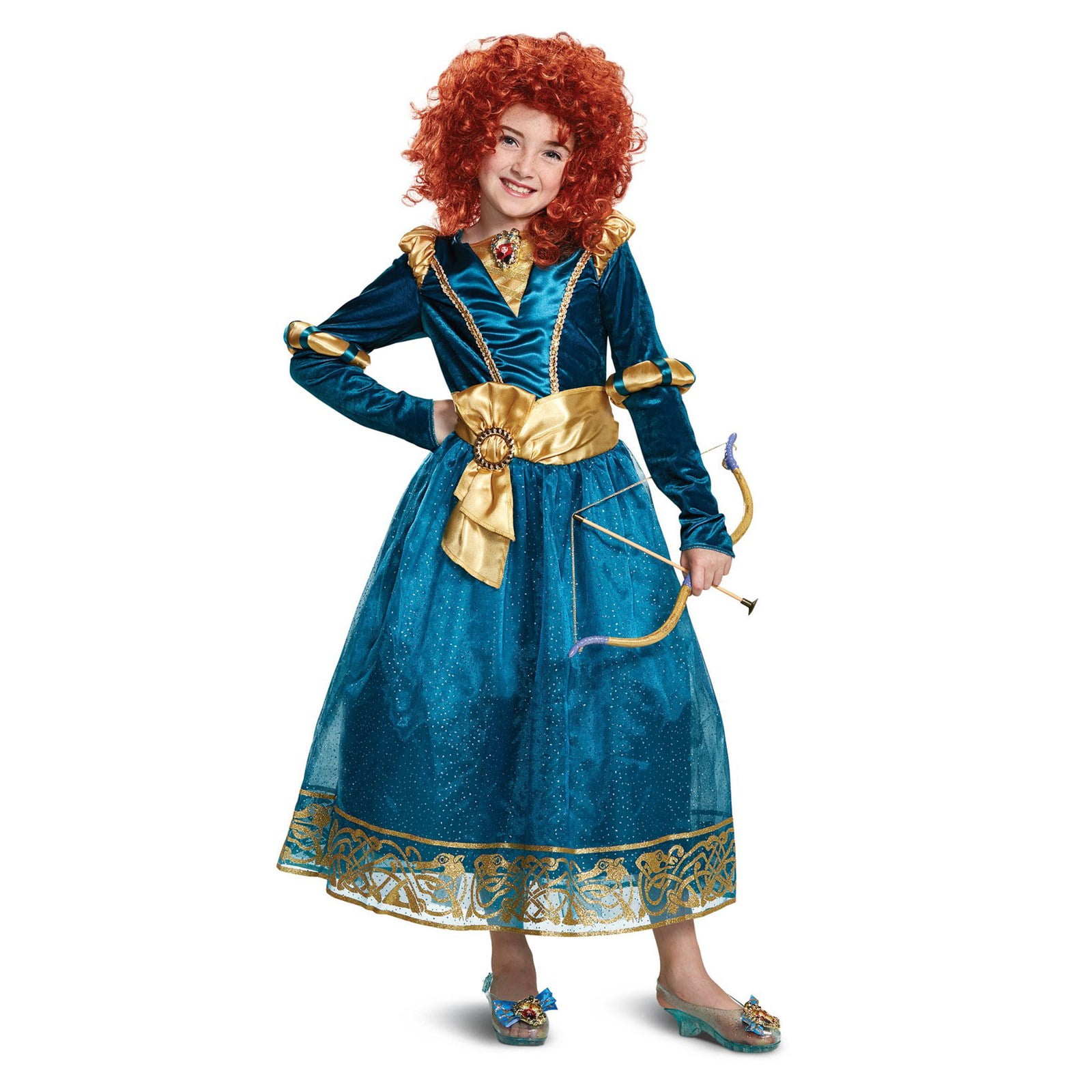
Regardless, my 4-year-old loves Disney Princess costumes, dolls, and other paraphernalia. That’s not surprising, considering that “Snow White” was released in 1937 and “Cinderalla” in 1950, both based on very old fairy tales. I gather, though, that they’re progressively more assertive and heroic than the early ones. Given that I’m not the target audience for the movies and my girls are still a bit young for them (they’re just too long and plot intensive), I don’t have any commentary on the suitability of the various princesses as role models. Sales at Disney Consumer Products rose from $300 million in 2001 to $3 billion in 2006.” One can hardly argue with that success. Subsequent movies have more deliberately targeted the line, with Pocahonas, Mulan, Tiana (“The Princess and the Frog”), Rapunzel, and Merida not only creating more characters but also diversifying them racially and ethnically for the sake of both inclusiveness and merchandising.Īccording to the entry, “Despite limited advertising and no focus groups, the various Disney Princess items released became a huge success. that several young girls attending were dressed in princess attire that was not authentic Disney products.” So, he launched the line, retconning Snow White, Cinderella, Aurora (Sleeping Beauty), Ariel (the Little Mermaid), Belle (the beauty of “Beauty and the Beast”), and Jasmine (from “Aladdin”) as a group of princesses. Essentially, according to the Wikipedia entry, incoming chairman of consumer products Andy Mooney noticed while “attending the company’s first Disney on Ice show. Not only is it not marketed to boys, it didn’t exist until the late 1990s, by which time I was approaching middle age.

Until a couple years ago, I was blissfully unaware of the whole Disney Princess phenomenon. We want them to have strong role models. On the other hand, with my oldest firmly in the Disney Princess phase at 4, I can hardly argue with the company making this marketing decision with their merchandising. Already it has received more than 100,000 signatures.Īs the father of two little girls, I sympathize. It’s unsurprising that those parents who initially praised Disney for its creation of a princess who looked like a real girl are dismayed, to the point where A Mighty Girl, a resource site that helps parents find books and toys that encourage positive feminine role models, has launched a petition.

As Peggy Orenstein, author of Cinderella Ate My Daughter, pointed out: “In the end, it wasn’t about being brave at all.

Suddenly her waist is slimmer, her eyes are doe-like with heavy lashes, and she’s subtly grown breasts. To be “crowned” Disney’s 11th princess, the Scottish, red-headed Merida (who refuses to marry the prince) has been treated to the kind of airbrush job that magazine pages habitually go in for. Disney princesses never really did have much to offer. The cartoons have never encouraged ambition in little girls, with character traits limited to marriageability (Jasmine, Cinderella), beauty (Belle, or Snow White, whose appearance is such that jealous women seek to annihilate her), or submission to drastic physical changes in order to attract a man (Ariel). The Princess franchise, which came into being in the early 2000s when then-chairman Andy Mooney saw the marketing potential in presenting celebrated Disney princesses as a unit, isn’t known for its nuanced portrayal of modern femininity. It was only a matter of time before Disney transformed Merida, the heroine of Brave, hailed by many as their first feminist princess, into a female archetype. Rhiannon Lucy Cosslett (“ Disney’s makeover of its Brave princess is cowardly“): Merida’s rebellion sets her down an adventurous path.Critics are assailing Disney for turning “Brave” protagonist Merida into just another princess. Determined to live how she wants to live instead of how she is told to live. Merida plans her own adventures and strives toward her own goals, no matter who tries to get in her way. She bravely goes after everything she wants in life, no matter what others say. Her stubborn and outgoing personality makes this tomboy one that many young women look up to. But Merida cannot be stopped or slowed, headstrong as she goes her own way. Her mother would prefer Merida live as another princess would.

This is something that dismays her mother, the queen. She loves outdoor activities like archery, playing, and riding her horse. Instead of living a pampered princess life, she instead prefers to live as one of the guys. All of the typical princess activities and a sweet demeanor that most royal young women have–it is absent in Princess Merida. Merida is a princess in the loosest sense of the word.


 0 kommentar(er)
0 kommentar(er)
